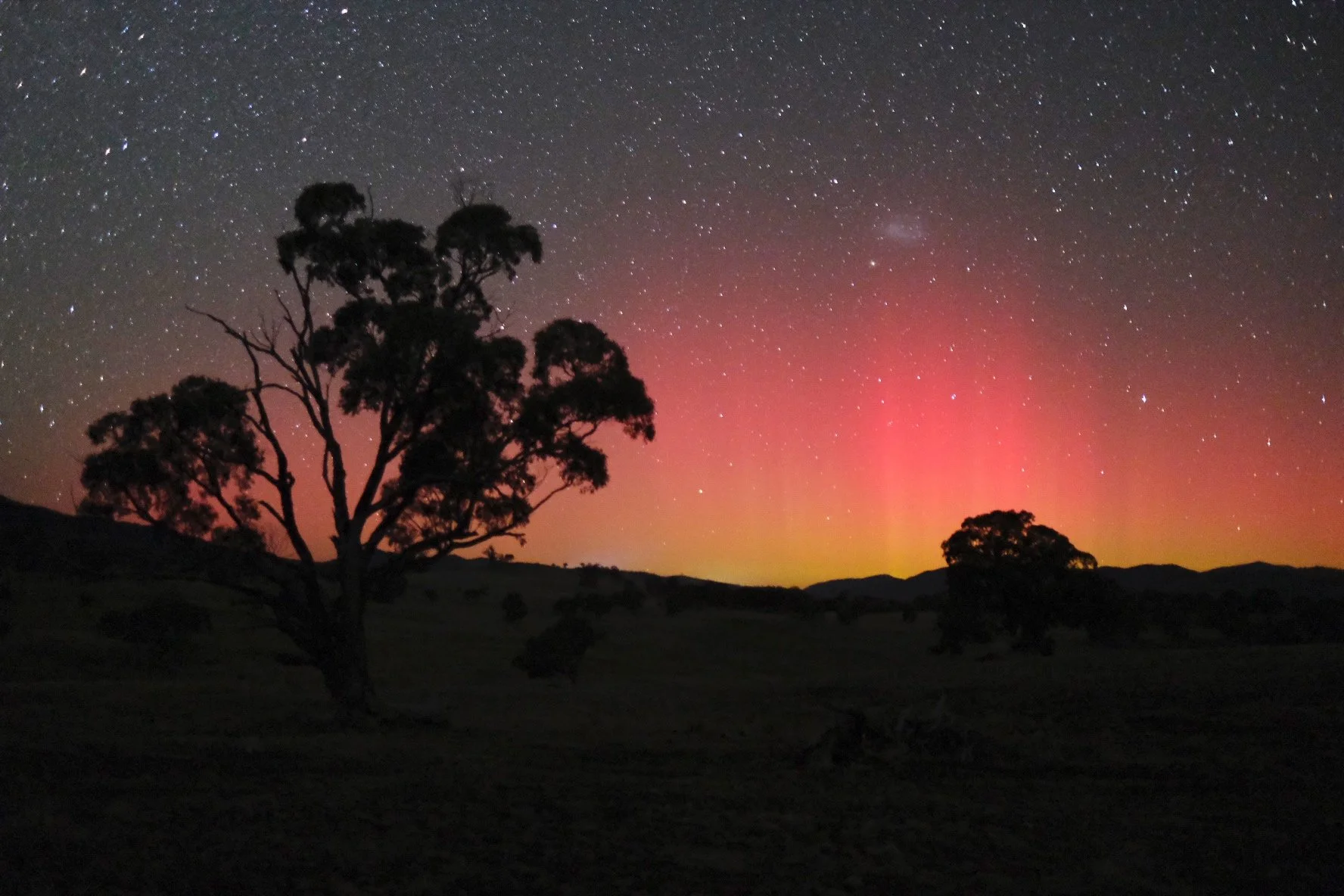How Creativity Helped Me Recover From the Loss of My Husband
My heart hadn’t just woken up to the world, it was wildly alive and in love with it.
By Emma Grey
Photo by Emma Grey
I was out for a walk with my dear friend Sally. The air was thick with the scent of spring, trees brimming with soft pink blossoms, sunlight dancing on the lake in Canberra, Australia, where I live. I remember staring at the view, knowing that it was ostensibly beautiful, but feeling . . . nothing.
My heart was broken.
Six weeks earlier, my husband’s heart had stopped, without warning—tearing the fabric from our universe. Bringing me to my knees.
The weekend before he died, Jeff and our son, who was only five, had been building a jigsaw puzzle together. It depicted priceless antiquities. Jeff, a professor of history, had said, “When you’re older, Daddy will take you to all his favorite museums around the world.” He died two days later.
I’d heralded the arrival of my 40s with a wave of optimism and excitement. My teenage girls were happy, and we had a boisterous little boy. I was writing my first young adult novel and would soon begin co-writing a stage musical based on the book. The adage felt true: life did begin in this fresh decade full of hope and opportunity.
A “widow-maker” heart attack had dashed that hope. I found myself solo-parenting three grief-stricken children and scrambling through a waking nightmare. No matter how much positivity I threw at the situation, the color had drained out of our existence. Behind closed doors, I couldn’t conceive of ever being happy again.
Nevertheless, I made a decision, early on, that we would grieve while in motion. We would be sad regardless, so we might as well be sad at the beach, or at the movies, or with friends.
Instead of giving up on those soulless springtime walks, I told Sally I would keep showing up. I’d keep looking at the beauty in the world until my heart woke up again. Until it caught up. No matter how long that took.
On the day of Jeff’s funeral, when we walked back into the house after the wake, I remember kicking off my shoes, turning the heater on, and noticing the kids looking nervously at me, searching for a leader. Arranging the funeral had given us purpose, but now that was over, what were we going to do?
“Tomorrow, we’ll invite the family over,” I said, on a whim. “We’ll take all these flowers and pull them apart and make fresh bunches, then deliver them to a hospital.”
It was our first step back into the world. A first attempt to piece together some meaning from our inconceivable loss. To start to rebuild our shattered lives, fashioning them into something far removed from the dreams we’d imagined and the path we’d been on.
Next up, we held auditions for the high-school musical I’d co-written. It’s not an exaggeration to say that spending time around exuberant theater kids—and staging an effervescent, glitzy, boy-band-inspired show—saved my life. If only I could have turned around when the glitter cannon exploded into the dazzling light of the disco ball—the audience swaying their phone torches in a standing ovation—just to see Jeff smile and nod and say, “I knew you could do it.”
It was the first professional achievement I’d had to pull off without him in my corner. My first experience of bittersweet success.
Emerging from the inevitable post-show blues, I started grasping at new creative outlets. I’d been writing, but my emotions ran so deep and so far, there weren’t enough words in the English language to express my loss.
I tried watercolor painting. I took art classes online and in person. I spent hour upon hour drawing intricate, repetitive, meditative patterns with felt-tip markers—a practice called “zentangling.” Eventually, I picked up a camera.
I made a decision, early on, that we would grieve while in motion. We would be sad regardless, so we might as well be sad at the beach, or at the movies, or with friends.
For several years before Jeff died, I’d been on a quest to capture images of the Aurora Australis, the beautiful Southern Lights—Australia’s answer to the northern variety. For all of those years, I had failed. I didn’t understand how solar flares operated. Didn’t know where to go. Eventually I found out where and when the phenomenon was likely to occur, but when I got there, I didn’t know which camera settings to use. Or I’d be out in the depths of the national park away from the city lights, and I’d get spooked and scurry home, defeated.
But when you’re a writer, you learn to embrace failure. I was nothing if not persistent, and I kept showing up in the dark, time after time, hoping for pinks and purples and greens. Only ever seeing that familiar inky black.
Meanwhile, I turned to macro photography. I’d lie on a towel on the grass in the middle of winter, capturing tiny particles of frost and ice on blades of grass. Frozen dewdrops. Losing track of time. Forgetting who I was. Forgetting that I was grieving.
I’d photograph shells in rock pools by the ocean. Take long exposure shots of waves and waterfalls and sunrises streaking across the sky. Through that lens, I found my way back into the world—my still-broken heart beating again to the rhythm of the seasons. My heart hadn’t just woken up to the world, it was wildly alive and in love with it.
I’d come a long way from the moment, eight months earlier, when I was flown to North America for a memorial conference in his honor. He’d been the first non-American president of the Society for Military History, and I spoke to a room of several hundred of his peers. It had been incredibly difficult. It felt like a second funeral. Alone in my hotel room at night, the children safely ensconced back home in Australia, my grief had found oxygen. I fell apart. If Jeff wasn’t going to show up at that conference—his happy place—he wasn’t going to show up anywhere. He simply wouldn’t come back.
I’d plunged to the depths of my grief in that American hotel room. But then I took myself to New York City. I’d never been, and it was Jeff’s favorite city in the world. A city that never sleeps, where the show goes on. A place that has experienced so much grief of its own. A dazzling, light-filled, energized, sparkling wonderland that carries its grief forward into a bright future. And I wondered: maybe it’s possible to carry myself forward too.
I went to the New York Public Library and started writing. I found meaning in beginning my “grief novel” in the city that helped me breathe again. When I came home, the words poured out of me, but it would take another three years to finish writing The Last Love Note, which was an attempt to articulate the magnitude of our loss, and a life-affirming commitment to hope and humor and romance and second chances.
And what of that endless search for the Aurora in the dark?
Sometimes, when you’ve stared into the darkness for years, the sky can surprise you. I’ve now captured the celestial miracle in my camera fourteen times, fifteen minutes from home.
The nights are just as dark as they were when Jeff died. But they’re punctuated by shooting stars and beams of light and color that dance across the horizon if you look for it.
Always, always look for the light.
Emma Grey is an acclaimed Australian journalist and young adult fiction writer. Her writing has appeared in The Age, Canberra Times, and Herald Sun. The Last Love Note is her debut adult novel. She lives in Canberra, Australia, with her family.


